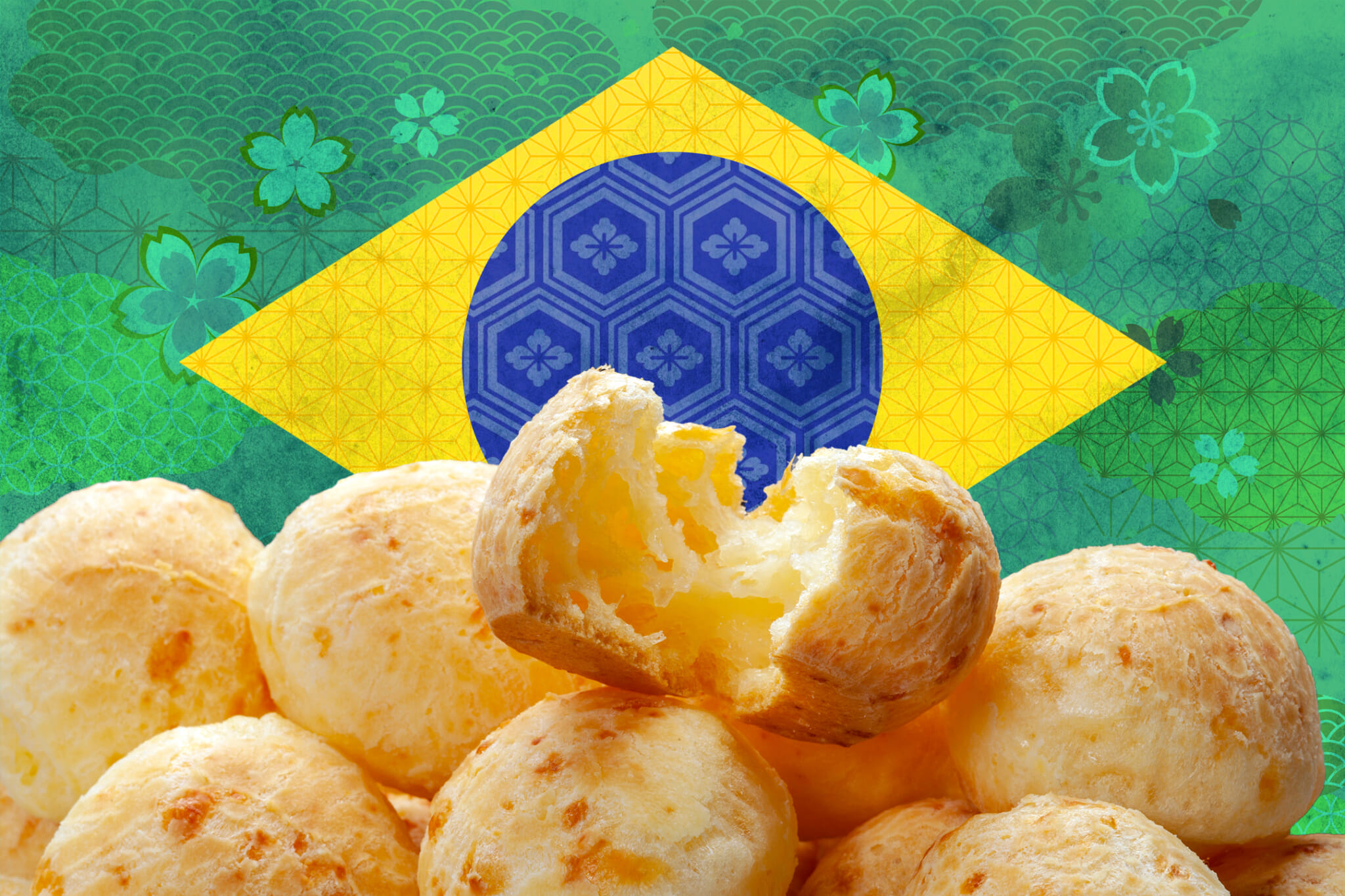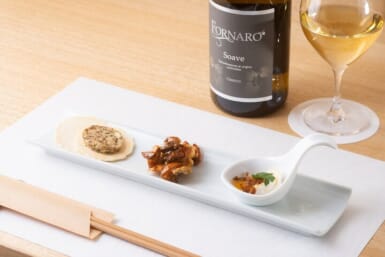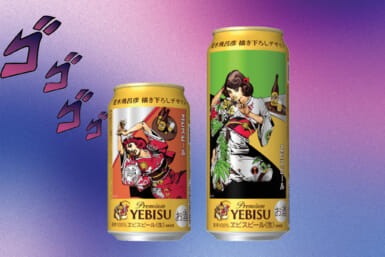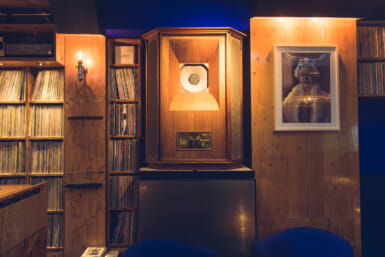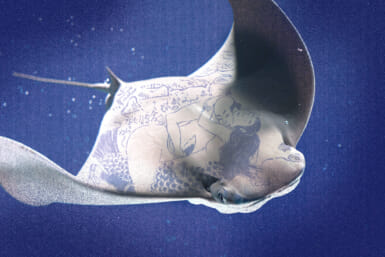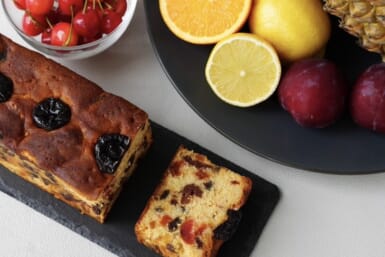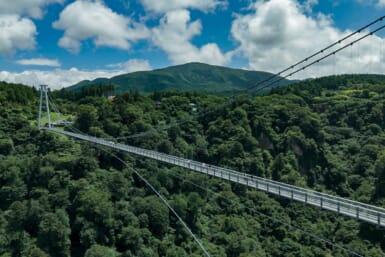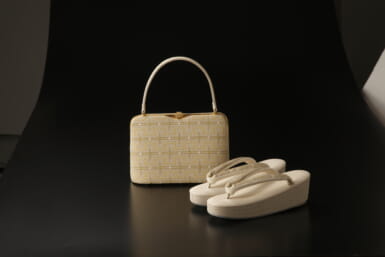Taking a little break from writing, I decide to make a quick stop at Lawson. As I browse the shelves of bread, between the melon pan and yakisoba pan, something suddenly catches my eye — I see pão de queijo and immediately feel like I’ve been transported back home.
Pão de queijo (pronounced as “pon-deh-kay-jo”) is a staple of Brazilian cuisine. If you’ve ever eaten at a Brazilian churrascaria (steak house), you’ve probably been served a steamy basket of these little round bread balls shortly after sitting down.
Known as Brazilian cheese bread, Pão de queijo are made of mandioca, or cassava root. The starch of the cassava root becomes tapioca, which is then combined with eggs, milk, oil and a lot of cheese to create cute, bite-sized treats with a crunchy exterior and a satisfyingly warm gooey inside. Plus, they’re naturally gluten-free.
As a Brazilian nikkeijin — a person of Japanese descent whose family was among the hundreds of others who immigrated to Brazil post-abolition to fulfill the labor shortage in coffee plantations at the start of the 20th century — I’ve spent a long time living between the intersections of both Japanese and Brazilian culture.
The Kasato Maru ship brought hundreds of Japanese people to Brazil in the 20th century and now stands as a symbol of Japanese immigration.

The Kasato Maru ship brought hundreds of Japanese people to Brazil in the 20th century and now stands as a symbol of Japanese immigration.
Now that I live in Tokyo, I’m impressed by how much Brazilian culture has penetrated through the Japanese mainstream. I see Brazilian restaurants around almost any neighborhood, my university has a student group dedicated to the appreciation and performance of Brazilian music and, as I’ve recently discovered, Japan has adapted pão de queijo into their very own distinct recipes.
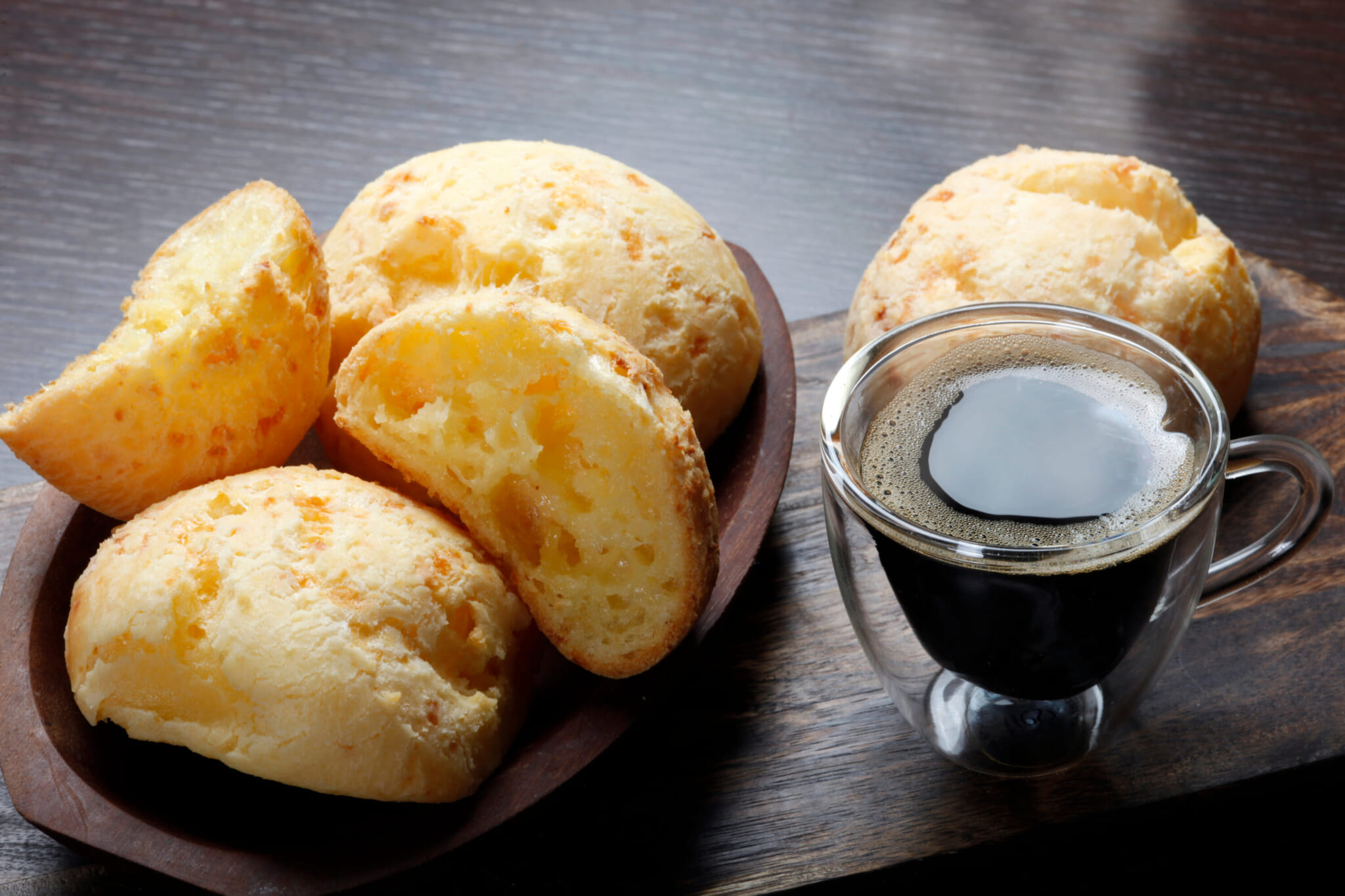
How Pão de Queijo Arrived in Japan
Brazil’s presence in Japan should come as no surprise. With a population of more than 2.7 million descendants, it is the largest Japanese community outside Japan. Japan is also home to the fifth-largest Brazilian community abroad.
Many of these Japanese Brazilians — called dekasegi — arrived in Japan as migrant workers due to labor shortages. Pão de queijo was among the things they brought with them as a little reminder of home. The cheese bread snacks became a food trend, making appearances in local bakeries and convenience stores. In Japan, pão de queijo became pon de kejo.
“I think that pão de queijo appeals so much to the Japanese palate because they are small, round and cute, and have a distinctive gooey-sticky-glutinous kind of texture inside. This texture is called mochi mochi, after mochi, the very gooey-glutinous rice cakes,” says Makiko Itoh from the Just Hungry food blog.
One of the most popular pão de queijo baking mixes available in Brazil is by the brand Yoki, previously named Kitano, which was founded by Japanese immigrant Yoshizo Kitano in 1960. In 2012, Yoki was acquired by the American multinational manufacturer, General Mills.
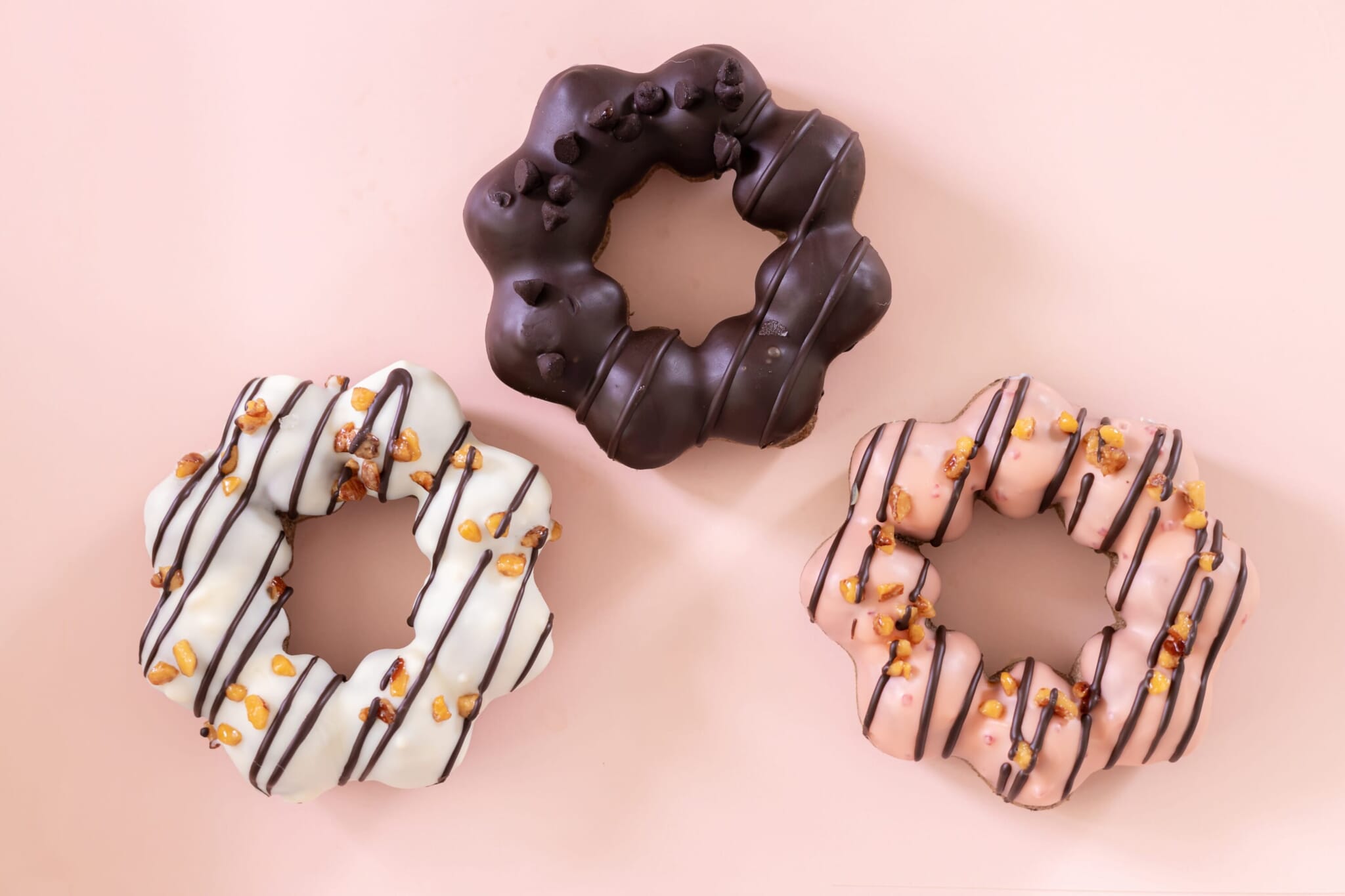
Mister Donut’s Pon de Ring
If the name pão de queijo sounds slightly familiar to you, maybe it’s because of Mister Donut’s iconic Pon de Ring.
Masaaki Nakamura, who rose through the ranks from working on the shop floor to Mister Donut’s section chief of overseas development, came up with the Pon de Ring donut in 2003 together with a Japanese flour company. Parent company Duskin wanted to introduce donuts made exclusively for the Japanese market.
“For almost 40 years, Mister Donut has been selling original items from the US. Japan didn’t have any signature items, so we wanted a Japanese mainstay,” Nakamura told CNA Lifestyle.
Consumer data showed that Japanese customers wanted a chewier donut. The mochi orbs were then arranged into a cute garland shape and a matching Pon de Lion mascot made appearances in television commercials. Hopping onto the trend of Brazilian pão de queijo, the donut was aptly named after the Brazilian staple to convey its satisfying texture. The Pon de Ring was born and immediately proved successful.
“Right on the first day of sales, it flew off the shelves. We ran out of ingredients,” said Nakamura.
Mister Donut’s Pon de Ring donut is now one of the chain’s more popular products. Mochi donuts have been brought abroad as a result, including in Hawaii, where the large Asian population turned the chewy donuts into a viral sensation.
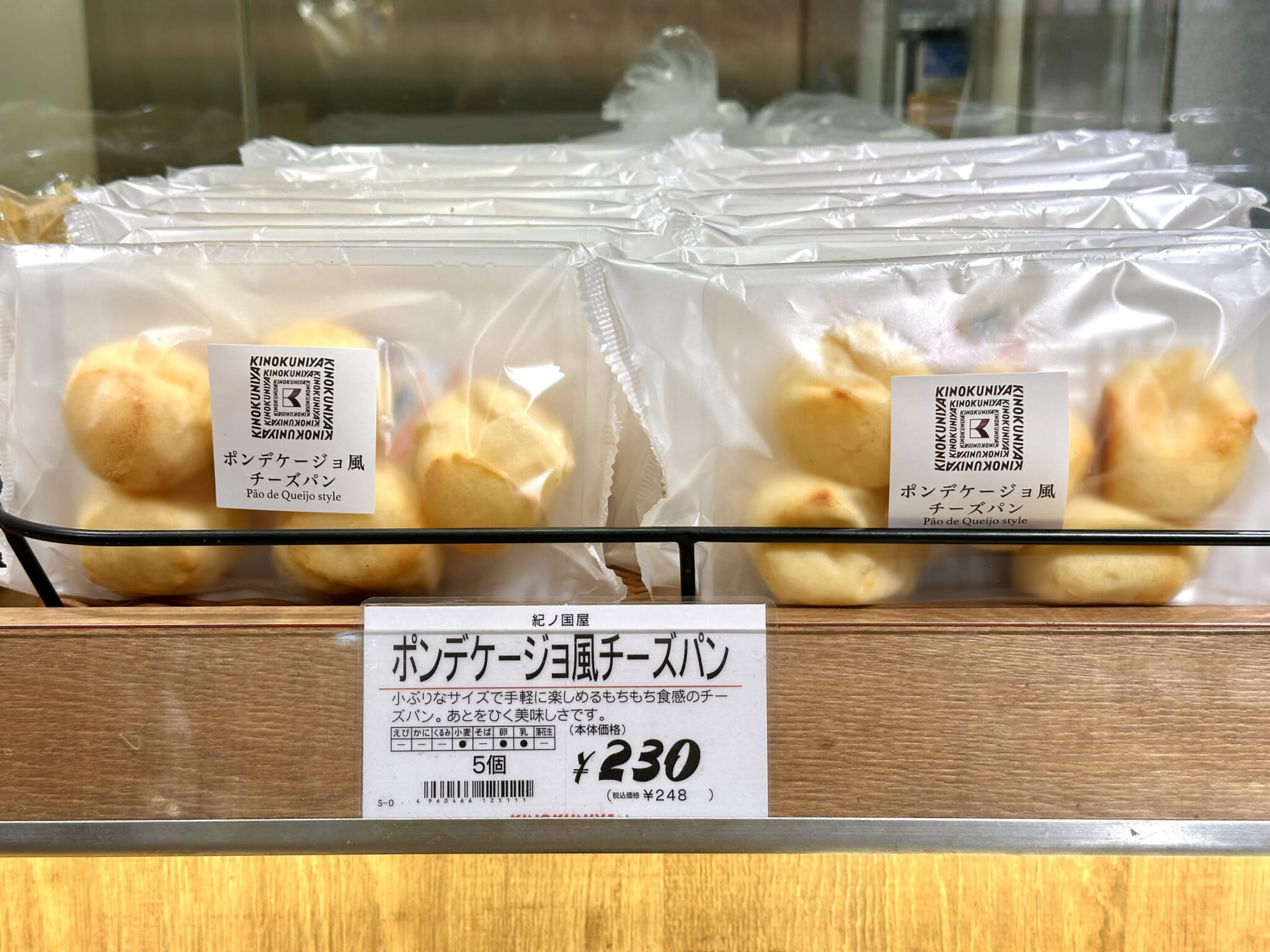
Where To Find Pão de Queijo in Japan Today
While pão de queijo’s presence in the trend cycle has diminished since its glory days, the cheese bread remains an extremely popular product in Japanese bakeries’ repertoire.
You can spot pão de queijo in a variety of locations. I’ve spotted them in Kinokuniya, 7-Eleven, Natural Lawson and Vie de France. You’ll be treated to some tableside pão de queijo at churrascarias like Barbacoa Churrascaria, Rio Grande Grill and Charcoal Churrasco Gostoso. While you’re there, be sure to try some of my other favorite Brazilian appetizers, such as polenta frita (fried polenta), coxinha (chicken and potato fritters) and pastel (empanada-like pastries with various fillings).
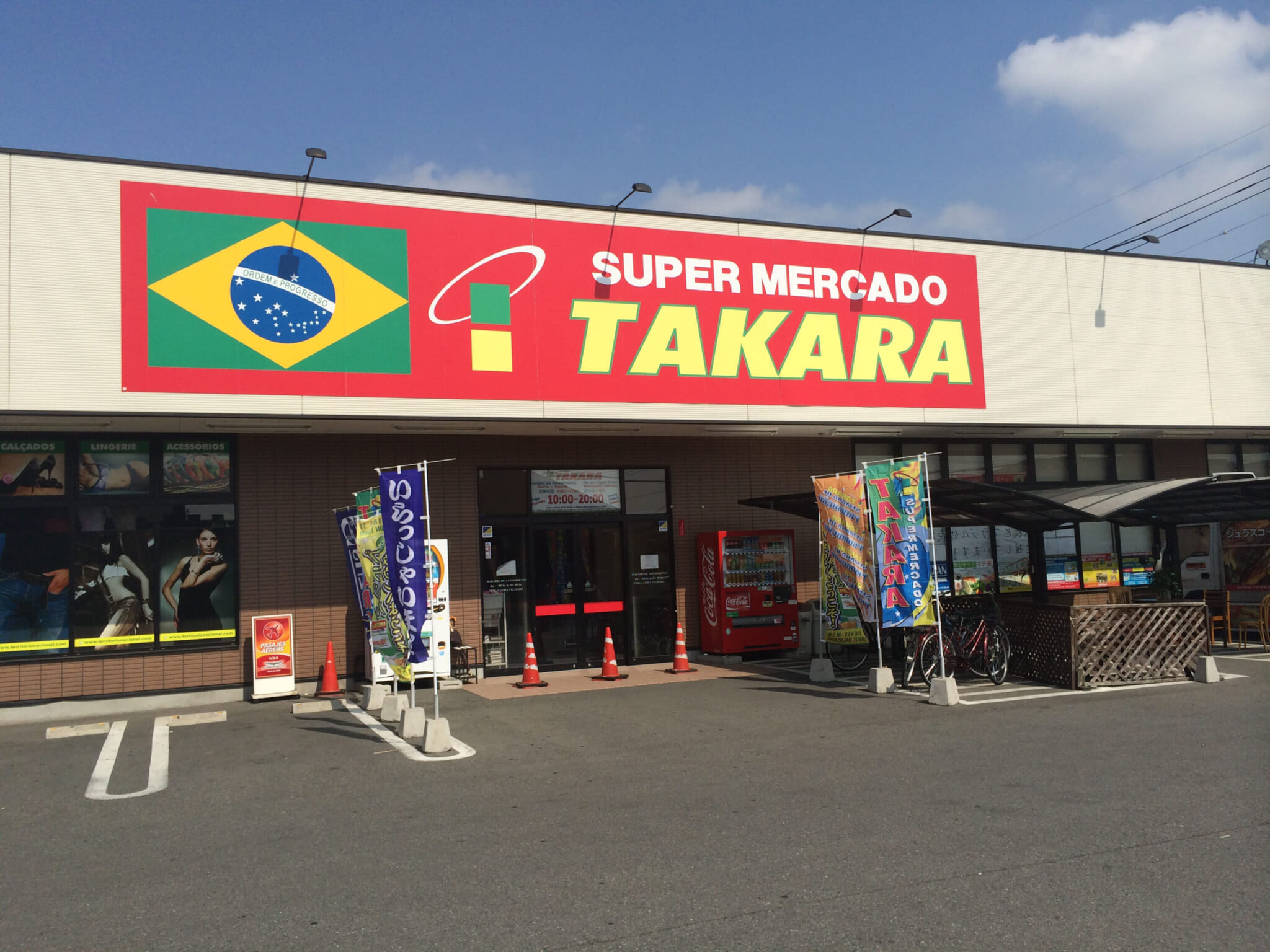
Brazilian towns in Japan such as in Oizumi in Gunma Prefecture and Hamamatsu in Shizuoka Prefecture have sprouted from immigrant communities and offer visitors a taste of Brazil inside Japan. Oizumi’s Super Mercado Takara has a wide selection of imported products, along with an in-house butcher and bakery that puts out various classics, including pão de queijo.
Nowadays, you can find Brazilian cheese bread at typical Japanese grocery stores and even on Amazon. Nippon Ham makes a pão de queijo-inspired variation called mochi mochishita cheese pan in the frozen aisles of grocery stores nationwide. I’m not sure how authentic it tastes, but it’s intriguing to see my childhood staple being given new life in Japan.

